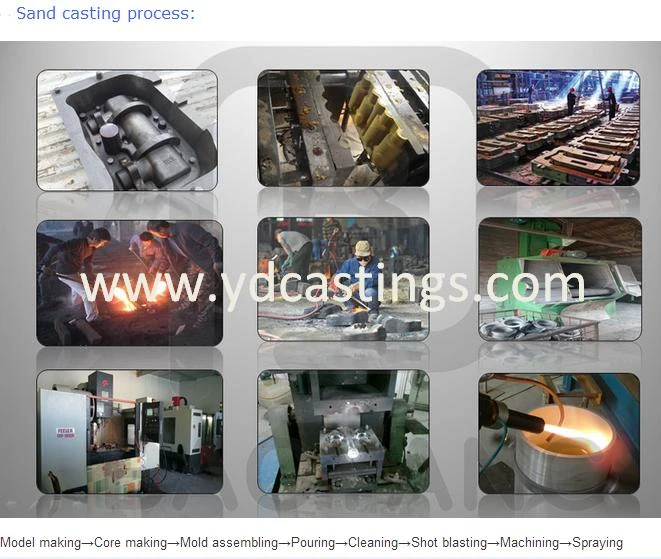Mobile:+86-311-808-126-83
Email:info@ydcastings.com
English
exhaust manifold diesel engine
Understanding the Exhaust Manifold of a Diesel Engine
The exhaust manifold plays a crucial role in the functioning of a diesel engine. It is a key component that collects exhaust gases from multiple cylinders and directs them into the exhaust system. This article delves into the importance, functionality, and design considerations related to the exhaust manifold in diesel engines.
Importance of Exhaust Manifolds
In diesel engines, the exhaust manifold is vital for optimizing engine performance and efficiency. It serves several critical functions, including
1. Exhaust Gas Collection The primary function of the exhaust manifold is to gather exhaust gases from the engine’s cylinders. In a typical diesel engine, each cylinder generates exhaust gases during the combustion process, which must be effectively channeled away to allow for continuous engine operation.
2. Temperature Management Exhaust gases are extremely hot, with temperatures often exceeding 1000 degrees Celsius. The manifold must be designed to withstand this heat while maintaining structural integrity to avoid cracks and failures that could lead to significant engine issues.
3. Pressure Regulation A well-designed exhaust manifold helps maintain the proper back pressure in the exhaust system. Back pressure is essential for optimizing engine efficiency and performance, particularly in turbocharged diesel engines where it can influence turbocharger operation and boost pressure delivery.
Design Considerations
exhaust manifold diesel engine

The design of an exhaust manifold is influenced by various factors, including material selection, geometry, and thermal management
1. Material Selection Exhaust manifolds are commonly made from cast iron, stainless steel, or other alloys that can withstand high temperatures and corrosive exhaust gases. Cast iron is often favored for its durability and thermal stability, while stainless steel offers improved resistance to corrosion and weight savings.
2. Geometric Design The shape of the manifold is critical for efficient gas flow. A well-designed manifold allows for smooth transitions of exhaust gases from the cylinders to the turbocharger or catalytic converter, minimizing turbulence and maximizing efficiency. Additionally, equal-length runners are often implemented to ensure uniform exhaust flow from all cylinders.
3. Thermal Insulation To protect surrounding components and improve performance, some exhaust manifolds incorporate thermal insulation strategies. This may involve coating the manifold or wrapping it with heat-resistant materials to reduce heat dissipation and help maintain optimal operating temperatures for the engine and turbocharger.
Maintenance and Performance
Regular maintenance of the exhaust manifold can prevent issues such as leaks, which can lead to a decrease in engine performance, increased emissions, and potential engine damage. Signs that an exhaust manifold may need inspection include unusual noises, a drop in power, or increased exhaust smoke.
In conclusion, the exhaust manifold is a central component in the performance and reliability of diesel engines. By effectively managing exhaust gas collection, temperature, and pressure, it plays a pivotal role in enhancing engine efficiency. Proper material selection, geometric design, and regular maintenance are essential to ensure that the manifold performs at its best, ultimately contributing to the overall health and effectiveness of the diesel engine. Understanding these functions and considerations allows engineers and mechanics to make informed decisions for optimal diesel engine performance.











